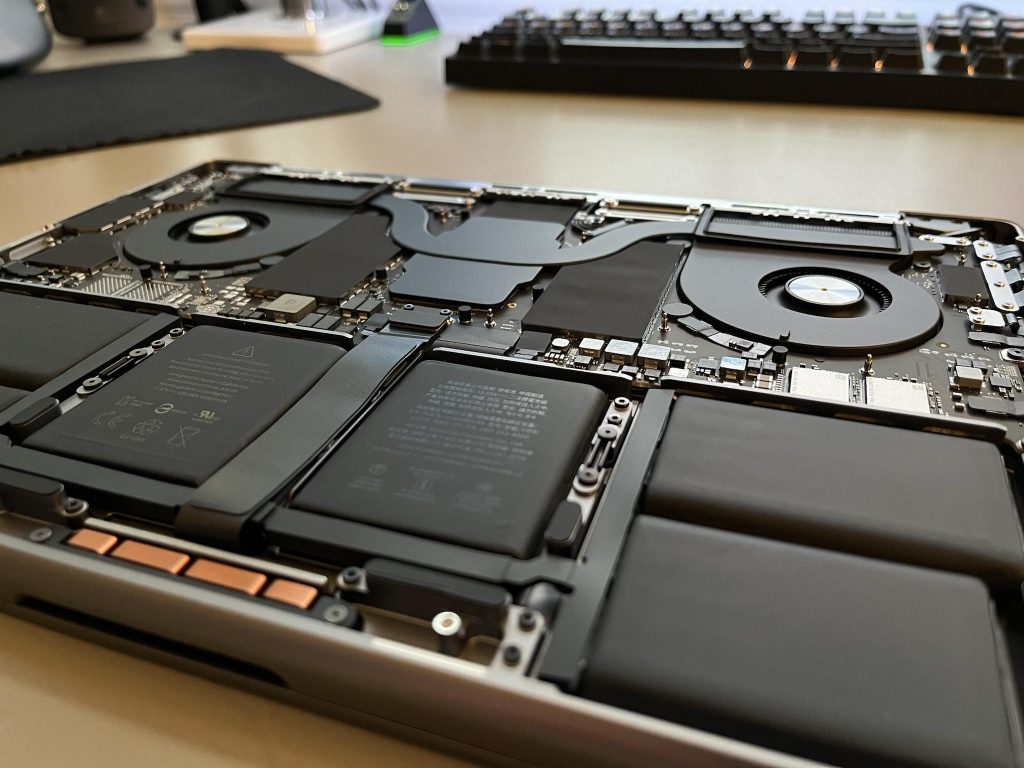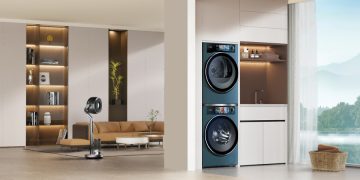Introduction: A Tale of Two Machines
In the world of technology, subtle changes can make a significant impact. The latest MacBook Pro has arrived, sparking curiosity about its upgrades. At first glance, the differences between the new MacBook Pro M4 and its predecessor, the M3, may seem negligible. The exterior remains nearly unchanged, leading many to question whether the upgrades are merely skin-deep. However, as we delve beneath the surface, we discover that the M4 harbors enhancements that reflect Apple’s commitment to innovation.
Visual Confusion: Identifying the Models
To the untrained eye, distinguishing between the MacBook Pro M3 and M4 can be challenging—especially when they appear identical, save for a slight adjustment in USB-C port configurations. This visual ambiguity raises questions: Is the M4 a true advancement, or merely a rebranding of the M3? To answer these questions, a closer examination of the internal components is necessary, and iFixit’s recent teardown of the MacBook M4 provides just that.
Interior Insights: Identifying the Upgrades
iFixit has garnered attention by dismantling various Apple products, and the MacBook M4 was next on their list. The initial findings reveal notable improvements in repairability, continuing a trend observed in the M4’s siblings, such as the iPhone 16 series and iPad Pro. Notably, iFixit discovered that the M4’s mainboard houses different configurations compared to the M3, particularly in the thermal management components, which are now more expansive—indicating an enhanced cooling system.
The Internal Symphony: Analyzing Component Layout
Upon disassembly, the familiar arrangement of screws and panels offered an efficient dismantling experience. The MacBook’s design allows for safer access to its innards, significantly reducing the risk of damaging the display during the process. The teardown reveals a larger heat sink in the M4, designed to manage the increased performance capabilities of the new chip. Furthermore, while both models share a battery capacity of 72.6Wh, the M4’s chip elevates memory bandwidth to a staggering 273GB/s, representing a 75% increase over its predecessor.
Power Housing: The Significance of the Battery

The battery, often considered a necessary evil in tech design, takes center stage in the MacBook Pro’s architecture. According to the teardown, the battery’s challenging removal process is consistent with Apple’s design philosophy: facilitating access while ensuring security. The strategy employed involves detaching peripheral components before the final extraction of the battery, underscoring the intricate balance Apple maintains between durability and serviceability.
Revolutionizing Repairability: A Modern Approach
Apple’s persistent dedication to repairability is evident in the design ethos of the MacBook Pro M4. Although the device incorporates robust adhesive solutions, such as “easy-peel” glue for battery attachment, iFixit’s analysis highlights that the majority of components can be removed and replaced without extensive effort—an encouraging sign in a landscape often criticized for planned obsolescence.
An Inside Look at Modular Design
The trend towards modular design in technology is not merely a passing fad; it is an essential evolution. The MacBook Pro M4 exemplifies this with its array of easily replaceable modules. This approach potentially reduces repair costs, as users can now replace or upgrade specific components without the need for comprehensive device replacements.
Conclusion: Assessing the Decision to Upgrade
As we reflect on the M4’s advancements, one question arises: Is the leap from M3 to M4 significant enough to warrant an upgrade? While the initial aesthetics suggest otherwise, the internal improvements present a compelling case for those seeking enhanced performance and repairability. For prospective buyers, the decision may hinge on individual needs. Will you embrace the newest technology, or will the M3 suffice for your requirements? Perhaps the allure of the M2 or even the MacBook Air’s affordability will capture your interest instead.












































Discussion about this post